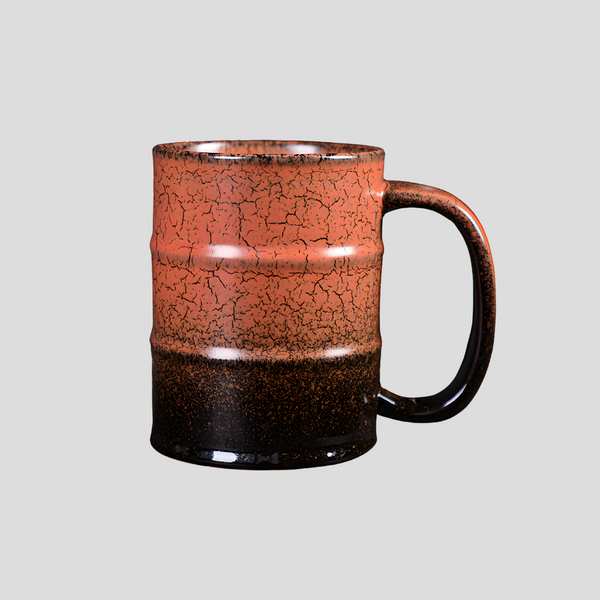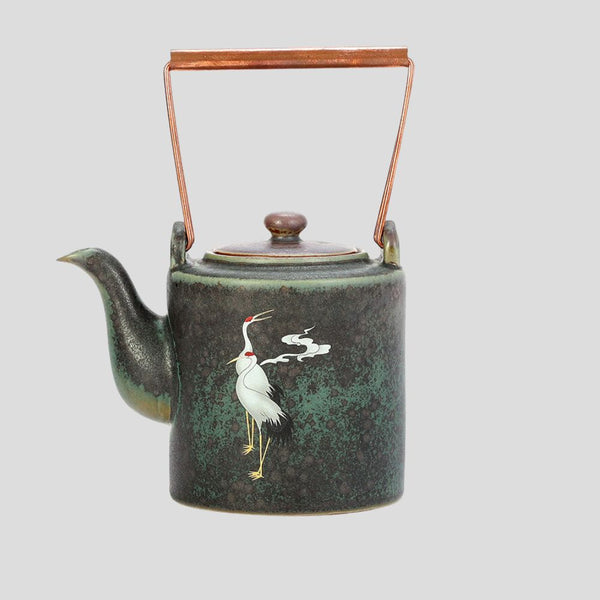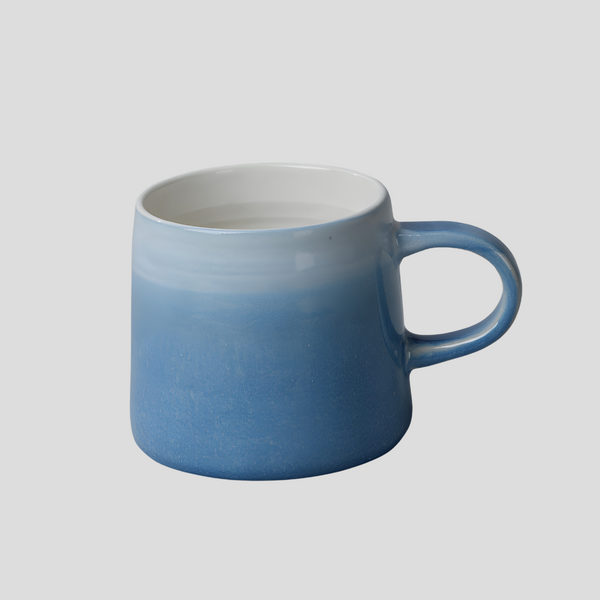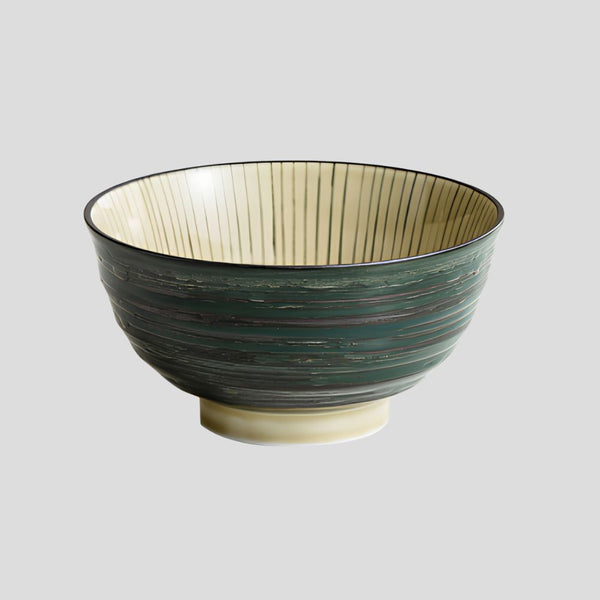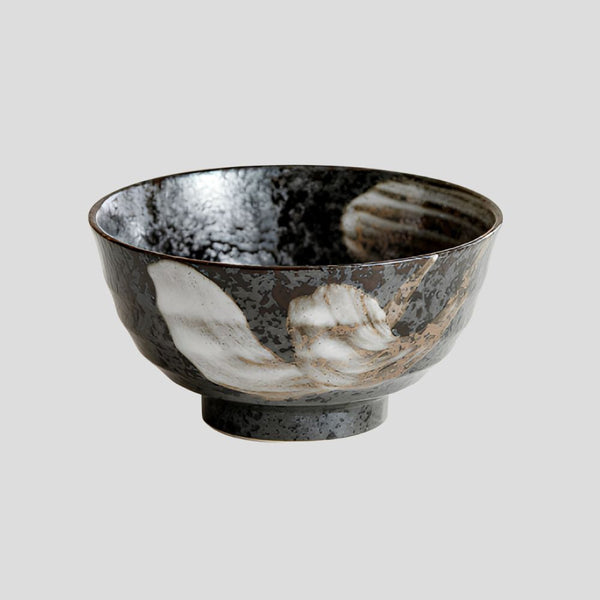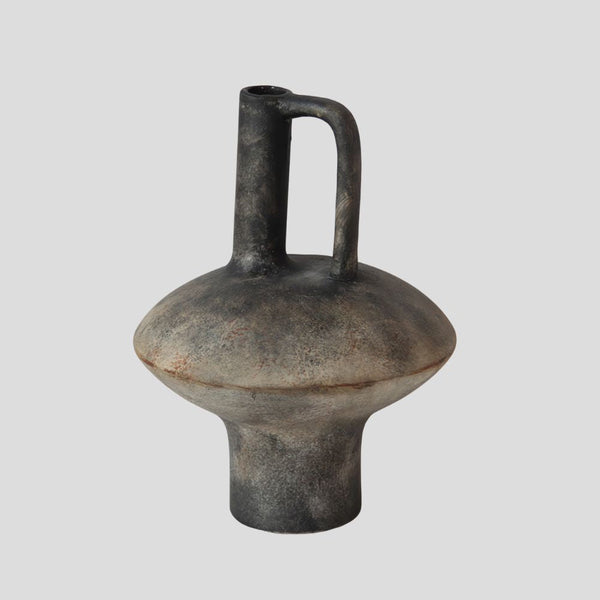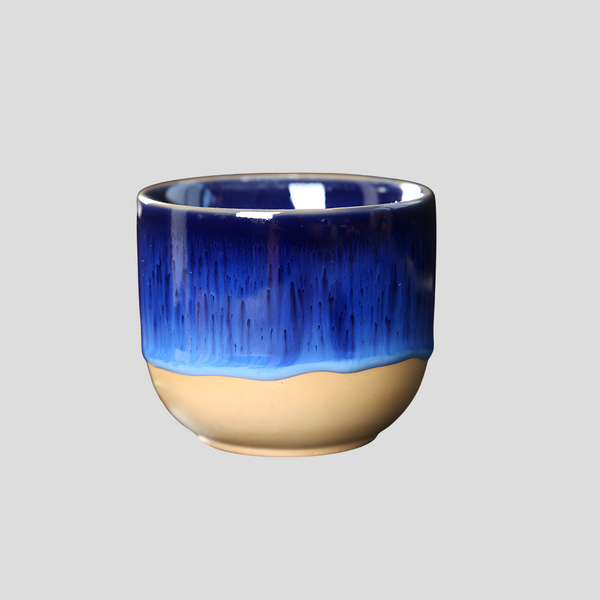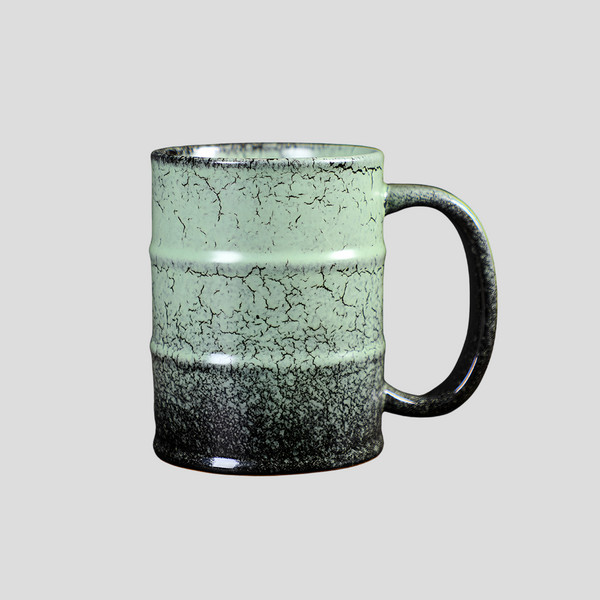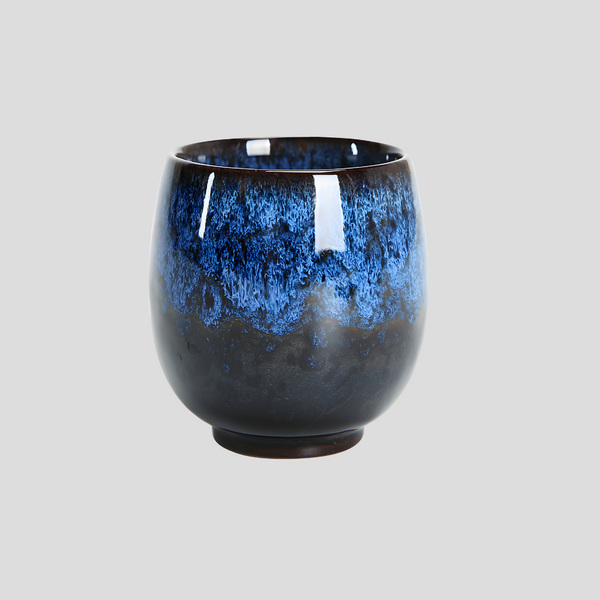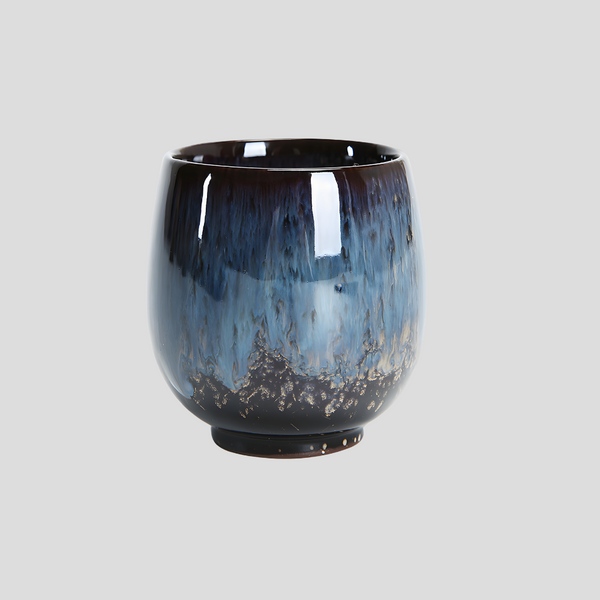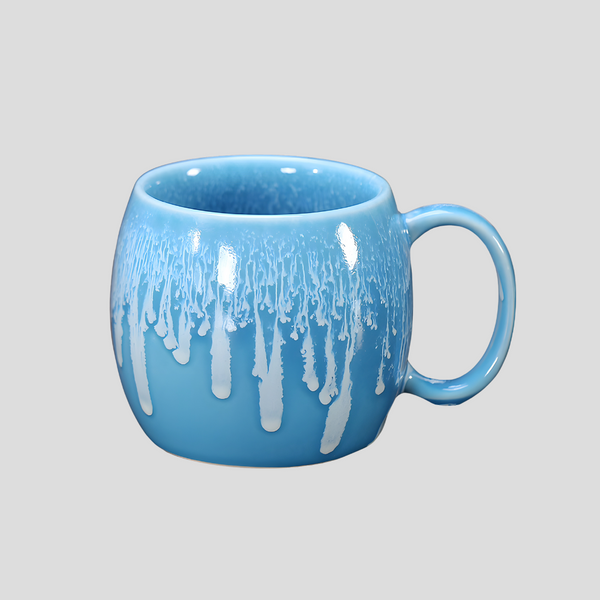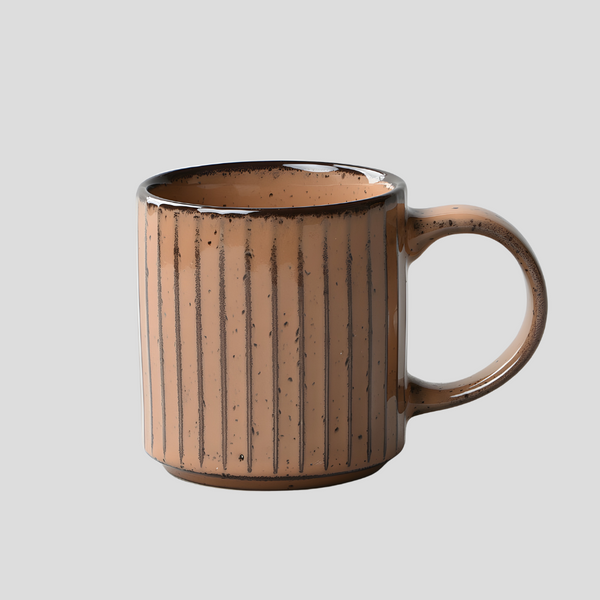
Understanding the Pottery Firing Process
Introduction to Pottery Firing
The pottery firing process is a critical step in the creation of ceramic items. It involves heating raw clay objects in a kiln at a high temperature until they undergo a physical and chemical transformation, converting them into durable ceramic goods. The firing process not only hardens the clay but also allows for the melding of glazes, enhancing the object's durability and aesthetic appeal. This article provides a comprehensive overview of the pottery firing process, including its stages, types of firing, and the science behind the transformation of clay into ceramics.
Stages of the Pottery Firing Process
The pottery firing process consists of two main stages: bisque firing and glaze firing. Each stage serves a distinct purpose in the creation of ceramic goods.
Bisque Firing
Bisque firing, also known as biscuit firing, is the first firing process and is essential for transforming raw clay objects into a porous, yet hard, condition that can be easily glazed. This stage typically occurs at temperatures between 1000°C and 1100°C (1832°F and 2012°F). The main goal of bisque firing is to remove all the water, both physical and chemical, from the clay body, making it more stable and less prone to damage during the glazing process.
Glaze Firing
After the bisque firing, the next step is glaze firing. This stage involves applying a glaze to the bisque-fired ceramics and then firing them again to a higher temperature, usually between 1200°C and 1300°C (2192°F and 2372°F). The glaze firing process melts the glaze, allowing it to fuse to the ceramic surface, creating a glassy, protective coating. This not only enhances the pottery's aesthetic appeal but also its functional qualities by making it waterproof and more durable.
Types of Firing Techniques
There are several different techniques for firing pottery, each offering unique characteristics to the finished product. The three most common types are electric kiln firing, gas kiln firing, and wood firing.
Electric Kiln Firing
Electric kiln firing is the most accessible and controllable method, making it popular among hobbyists and small studios. These kilns are clean and efficient, providing consistent temperatures that are ideal for precise glaze results. However, some may argue that electric kiln firing lacks the character and variation seen in pieces fired using more traditional methods.
Gas Kiln Firing
Gas kilns offer more variability in atmosphere, which can affect the colors and finishes of glazes. Gas firing can be done in oxidation or reduction atmospheres, with reduction firing allowing for the production of richer, more variegated surfaces. This method requires more skill and attention but can yield stunning results.
Wood Firing
Wood firing is the most traditional method and involves stoking wood into the kiln to achieve the desired temperature. The ash from the burning wood can settle on the pottery, creating unique finishes that cannot be replicated through other firing methods. Wood firing is labor-intensive and unpredictable, but many ceramicists prize it for the distinctive qualities it imparts to the ceramics.
The Science Behind Pottery Firing
At a microscopic level, the firing process causes profound changes in the clay body. When heated, the water within the clay evaporates, and the silica and alumina in the clay begin to fuse together, transforming the soft, malleable clay into a hard, stone-like material. Additionally, the high temperatures cause the glaze to melt and then cool down to form a glass-like surface that adheres to the clay body.
Conclusion
The pottery firing process is a fascinating blend of art and science. From the initial bisque firing to the final glaze firing, each step requires careful consideration and knowledge of the materials and methods used. Whether through electric, gas, or wood firing, the transformation of clay into ceramics is a process that has been perfected over millennia, yet continues to captivate and inspire artists today.
Click this link to check out our ceramic artwork!
